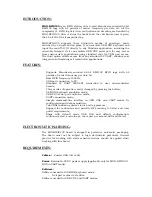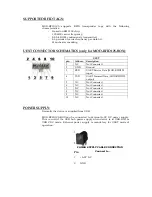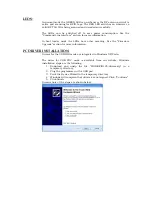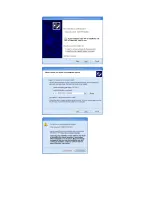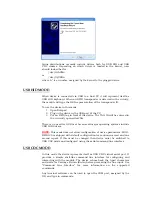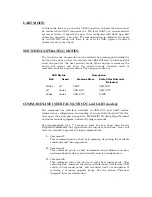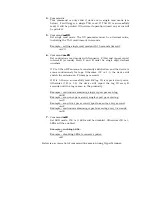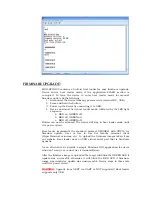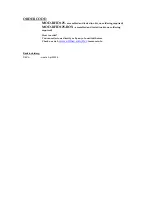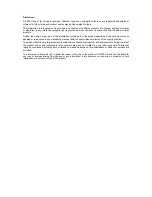
Linux distributions normally include drivers both for USB HID and USB
CDC classes. Depending on which driver is loaded in the kernel, user
should look either for
/dev/ttyACMn
or
/dev/ttyUSBn
where "n" is a number, assigned by the kernel to the plugged device.
USB HID MODE:
When device is connected via USB to a host PC it will represent itself as
USB HID keyboard. When an RFID transponder is detected in the vicinity,
the module will type the HEX-representation of the transponder ID.
To use the device in this mode:
1.
Open Notepad.
2.
Plug in the device in the USB port of the PC.
3.
Put an RFID tag in front of the device. The TAG ID will be entered in
the currently opened text file.
There is no need for OS driver because all major operating systems include
USB HID drivers.
NOTE:
This mode does not allow configuration of device parameters. MOD-
RFID125 is shipped with default configuration for continuous read and one
second repeat. If this must be changed then device must be switched to
USB CDC mode and configured using the serial command line interface.
USB CDC MODE:
In this mode the device represents itself as USB CDC virtual serial port. It
provides a simple shell-like command line interface for configuring and
interacting with the module. The device echoes back the typed characters
and waits for Carriage Return (Enter) before processing the line input. See
“Command Line Interface” for more information on the supported
commands.
Any terminal software can be used to open the COM port, assigned by the
OS, and type in commands.
Summary of Contents for MOD-RFID125
Page 3: ... HyperTerminal or other terminal program ...
Page 6: ......


